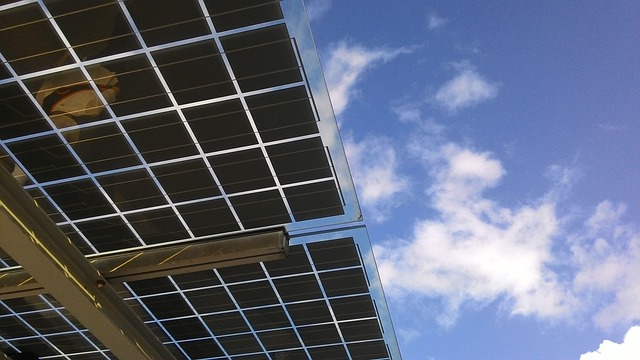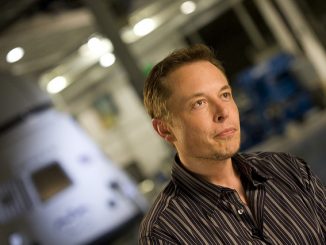
Mercedes Benz-Energy and Vivint Solar have entered into a collaborative partnership that aims to provide U.S. customers with another alternative home battery storage solution. Tesla (NASDAQ:TSLA) owns this market right now. But by the second quarter of the year, this is bound to change, particularly for California residents, as they are Mercedes Benz’s and Vivint Solar’s first target.
What exactly will this partnership be offering? Well, it’s pretty much what Tesla is currently providing — batteries that allow homeowners to store electricity generated by solar panels so there’ll always be power to use, no matter what time of day it is. Aside from providing back-up power, these batteries can also help homeowners minimize their energy cost as they can rely on their stored power and use it during peak hours when the cost of electricity is higher than normal. Plus, the batteries will not be offered on their own. The offer will be bundled with the solar system installation itself.
Tesla’s Powerwall 2 costs $5,500 and has a storage capacity of up to 13.5kWh. Depending on the needs of the household, customers can opt to purchase up to 10 of those battery packs, and spend up to $11,450 for a complete 14 kWh system.
On the other hand, Mercedes’ home batteries have a storage capacity of 2.5kWh, and customers can buy up to 8 of those to address their needs.
On its own, Mercedes’ offer might not appear too attractive, but combining it with Vivint’s makes a whole world of difference — Mercedes has its at-home battery, while Vivint covers the solar panel aspect of the deal.
Vivint’s plan is to offer a basic 2.5 kWH package paired with a solar energy system for $5,000; or a more comprehensive package — a complete 20 kWh system (consisting of several connected batteries) that will cost around $13,000, inclusive of the installation cost. Customers will be given the choice to make an outright purchase, or seek financing through institutions with which Vivint Solar has relationships.
The joint package offer is quite comparable with Tesla’s. However, when it comes to homes with limited space, Tesla will be at a big advantage because it is much easier to find space for one Powerwall unit compared with a number of Mercedes batteries.
Still, Mercedes does have the expertise and experience, and that has to count for something, especially for those on the lookout for a stable, high quality brand.
As David Bywater, CEO of Vivint Solar, said in a press release: “The choice to work with Mercedes-Benz Energy, a world-class innovator in energy storage, was an easy one. We believe their energy storage system is going to delight our customers and are impressed with their ambitious plans for the future. We look forward to bringing this innovative solution to consumers, beginning in our California markets, and to empowering greater renewable energy usage.”
- Bulenox: Get 45% to 91% OFF ... Use Discount Code: UNO
- Risk Our Money Not Yours | Get 50% to 90% OFF ... Use Discount Code: MMBVBKSM
Disclaimer: This page contains affiliate links. If you choose to make a purchase after clicking a link, we may receive a commission at no additional cost to you. Thank you for your support!



It was always very smart for Tesla to build the Supercharging stations the U.S. and overseas, then build the first Giga Factory in Nevada to make their own batteries.
In that way no other battery manufacturer could get Tesla over a barrel telling them they had to pay more and more for their model 3 batteries, i.e. when that model comes out later this year, and starts delivering the over 400 thousand orders for that car.
This way Elon is ready for any size order that may come in from all over the U.S., and the World.
This deal if it is a deal, would also accomplish another thing and that is to standardize the plug in size and shape of the charger plug so that all EV’s no matter who builds them, can plug into a Supercharger no matter where they are.
I also believe it has been Tesla’s goal to get homeowners to buy a powerwall setup so they can not only have electric power for their home in emergency power outage, but can also charge their EV in their own garage with the days supply of the Sun’s energy.